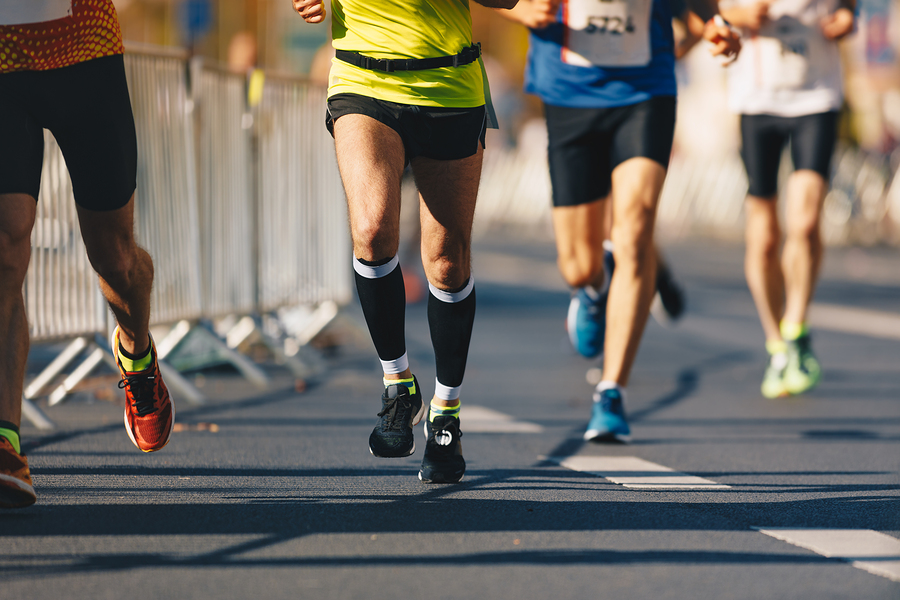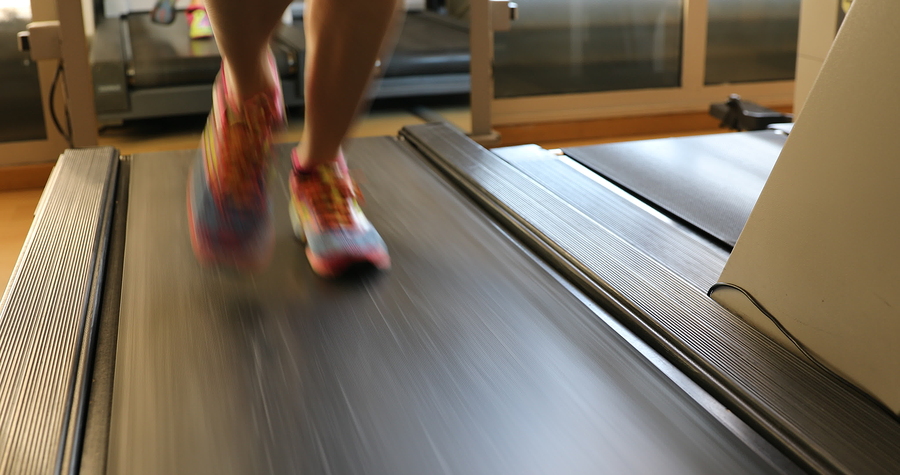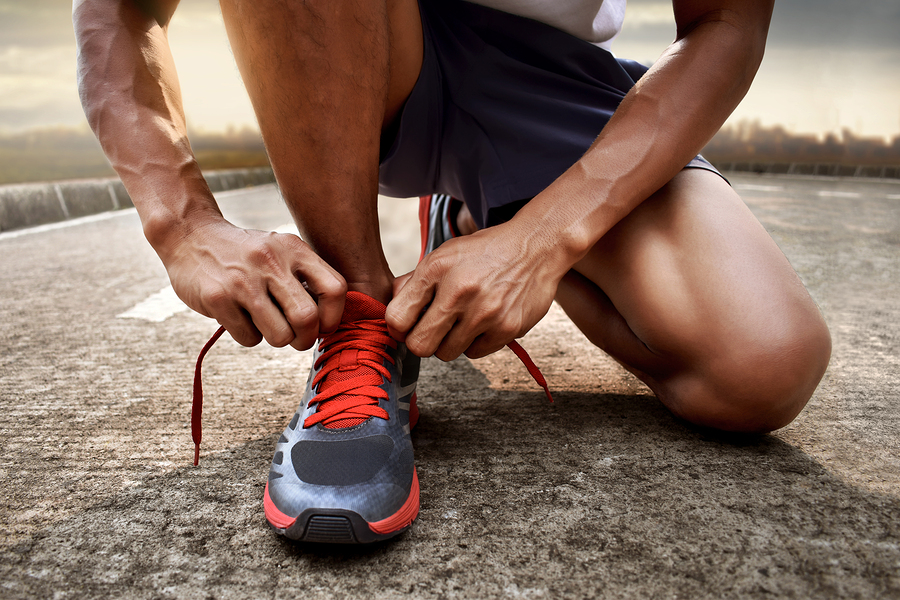With society’s new focus on fitness and physical wellbeing, more and more everyday Aussies are strapping their runners on, renewing gym memberships, and getting back into the habit.
This is great news if you ask us – your health should always be a top priority!
However, it also comes with its fair share of risks.
Returning to exercise isn’t as easy as hitting the pavement after a few months hibernating.
To make the transition properly and avoid long-lasting pain and injury requires a lot of prep work.
Why? It’s simple: many of us don’t spend all that much time on our feet!
Like we said in the past, inactivity is the worst thing that can happen to your muscles.
When your muscles are inactive, they atrophy (in a manner of speaking).
In particular, they:
- Weaken and lose their strength
- Become less flexible and resilient, making them more prone to injury
- Force other parts of your body to pick up the slack
And when you get back into exercise, all of a sudden your muscles have to contend with a lot more stress and pressure than they’re used to.
Thanks to their relative weakness, you’re at a much higher chance of injuring or overstretching yourself.
This is why your return to exercise needs to be carefully managed. If the goal is to avoid unnecessary pain and injury, you can’t just dive right in.
Common mistakes you make when you run
Running is the starting point for many people who are looking to become more active.
And we totally understand why: it’s easy to do and the barrier to entry is basically non-existent – all you need is shoes, a good running path, and a bit of free time.
Of course, once you start looking underneath the hood you’ll realise that it’s not that easy!
1) Using the wrong shoes
Every time you take a step, the impact of your foot hitting the ground sends vibrations up your leg.
Over time, this can cause injuries such as microtears in your muscles – especially if your legs haven’t seen much action in a while.
Fortunately, proper running shoes are one way to reduce this risk.
If your goal is to start running more regularly, you can’t just use any old shoe. Everybody runs slightly differently – your runners need to account for that.
When choosing running shoes, don’t just go for the first pair on the shelf.
Any specialty shoe store worth their salt will have tools on-hand to help you figure out how your foot falls when you run and how you distribute your weight.
This minimises the shock from these impacts, protecting your leg muscles.
Not to mention, it’ll just be more comfortable overall!
Want to learn how to choose a better running shoe? Click here to read our shoe shopping advice.
2) Too much, too soon
Exercise feels great.
It clears your mind, leaves you feeling somewhat buzzed, and triggers a reaction from the parts of your brain responsible for pleasure.
The problem is that sometimes, it can feel too good, as American singer Jeff Tweedy found out!
Unlike other types of activity like going to the gym or going hiking, running is super easy to do.
That means that it’s much easier to wind up accidentally pushing your body too far and injuring yourself in the process.
All of this strains your muscles. Even after taking inactivity out of the equation, excessive exercise may result in strains, sprains, and overuse injuries.
Luckily, you can avoid these problems by pacing yourself.
That can mean spreading out days of intensive running and padding your exercise schedule with more leisurely power walking.
3) Overstriding
One of the most common injuries that happen on the treadmill, running track, or the local reserve is overstriding.
In simple terms, this is when your steps are a bit too long.
Long strides don’t make you run faster or make you more efficient – in fact, it’s worse as the added resistance your heel provides essentially acts as a set of brakes, requiring extra energy with the subsequent step to regain momentum.
Not to mention, it’s also rougher on your legs!
When you overstride, your foot lands far ahead of your centre of gravity. It’ll be your heel that hits the ground first.
This is a problem because the angle is awkward – this means the impact is less distributed and the impulses that go up your leg are stronger.
The solution is twofold:
- Get shoes with better heel support (see above)
- Try to correct your technique so you land on your midsole
4) Not warming up properly
Before hitting the gym, diving into the pool, or hopping on your bike, you open with a warm-up routine.
Do you do the same for running?
The problem is that your muscles aren’t ready to just dive into running. They’re still tight and inflexible following a day at the office. Without proper prep, this can lead to injury and pain.
The key takeaway? You need warm-ups. And not just any warm-up either, but warm-ups tailored to your running routine and your body’s unique quirks.
Luckily, your Highett physiotherapist can help you out.
At Physio AUS, we’re all about prevention whenever possible.
That means building you a warm-up routine that prepares your body for running and takes into account your past injuries to avoid aggravating them.
Want to get back into exercise? Ease your way back in with an Highett physio!
Getting back into the swing of things? Determined to see your New Year’s resolutions to fruition this time?
Physio AUS can help you get there!
Our expert physiotherapists do much more than just help you overcome your pain.
Once we’ve identified any unique quirks your body might have, we’ll help you get back into a more active lifestyle by:
- Helping you work around past injuries or pain
- Strengthening your muscles
- Giving you the tools needed to safely start running
Get in touch with the team today – call us on 1300 392 552 or click here to book a session with our Highett physiotherapist.

 1300 392 552
1300 392 552


Leave A Comment